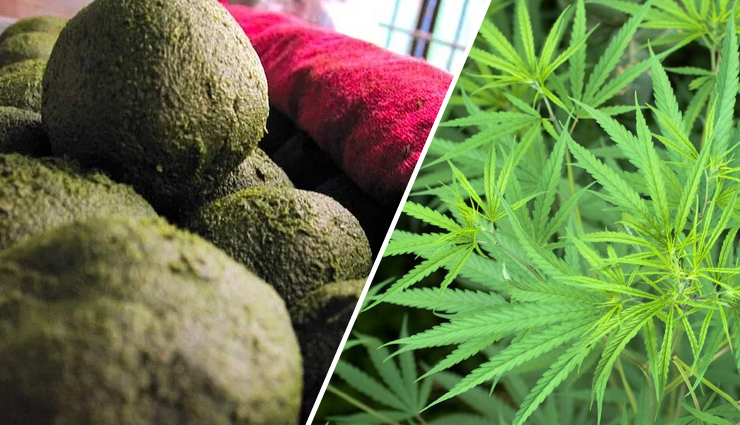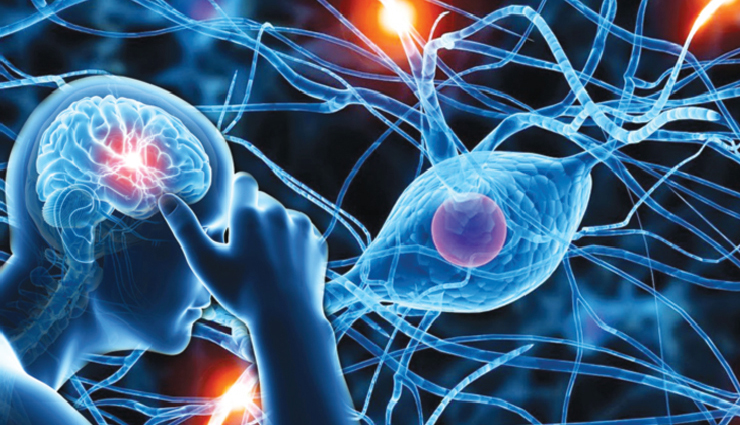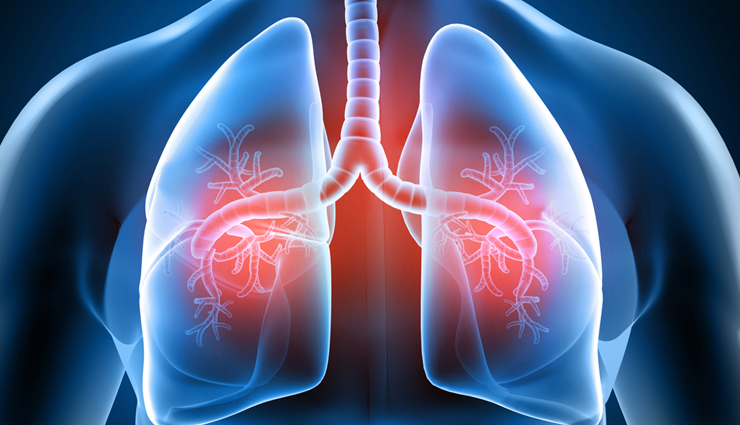- Home›
- Healthy Living›
- 9 Potential Health Benefits And Risks Of Bhang
9 Potential Health Benefits And Risks Of Bhang
By: Priyanka Maheshwari Mon, 21 Aug 2023 09:23:28

Bhang is a traditional preparation made from the leaves and flowers of the cannabis plant. It has a long history of cultural and medicinal use, particularly in South Asia. In various forms, bhang has been consumed for centuries, often during religious or festive occasions. It is important to note that bhang contains compounds known as cannabinoids, including THC (tetrahydrocannabinol) which is responsible for the plant's psychoactive effects.
From a health perspective, bhang has been associated with both potential benefits and risks. Bhang, a renowned Holi beverage cherished by all, holds a sacred significance for devotees of Lord Shiva. Revered as the preferred elixir of the divine trinity, bhang also stands as a unique offering during the auspicious Maha Shivratri festival. While tales of those who have experienced exuberance after partaking in bhang are well known, have you delved into its intriguing health advantages and potential drawbacks? Continue reading for further insights.
Bhang constitutes a concoction of cannabis expertly blended with chilled milk. This preparation involves the utilization of three cannabis species—cannabis sativa, cannabis indica, and cannabis ruderalis. The process entails crushing cannabis leaves with a mortar and pestle, thereafter incorporating them into milk along with aromatic spices. While predominantly recognized for its recreational utilization, cannabis intake is largely regulated due to legal restrictions; however, certain components of the plant can be consumed within legal boundaries.
Notably, locales such as Jaisalmer, Pushkar, and Varanasi boast officially sanctioned bhang emporiums. The raw materials procured from these establishments are skillfully transformed into delectable treats like refreshing bhang lassi, crispy bhang-infused fritters, flavorful bhang laddoos, tangy bhang chutney, zesty bhang-infused pickles, savory bhang-stuffed pastries, and an array of other delightful concoctions.
Potential Benefits:

# Pain Management
Some cannabinoids in bhang, especially CBD (cannabidiol), have been investigated for their potential to alleviate pain and discomfort. They might influence the endocannabinoid system in the body, which plays a role in regulating pain perception.

# Nausea and Vomiting
Bhang's compounds, including THC, have been explored for their antiemetic (anti-nausea) effects. This has led to its use in some medical contexts to help manage nausea and vomiting in certain conditions like chemotherapy-induced nausea.

# Appetite Stimulation
THC, the psychoactive compound in bhang, has been associated with stimulating appetite. This property has been harnessed in medical scenarios where patients need to regain their appetite, such as in cases of HIV/AIDS or certain eating disorders.

# Neurological Disorders
Some research suggests that cannabinoids might have potential in managing certain neurological conditions, like epilepsy or multiple sclerosis, due to their impact on the central nervous system.
Potential Risks:

# Psychoactive Effects
Bhang's psychoactive effects, induced primarily by THC, can lead to altered perception, mood changes, and impaired cognitive function. Excessive consumption can result in feelings of anxiety, paranoia, and other adverse psychological effects.
# Dependency and Addiction
Regular and excessive use of bhang can lead to the development of tolerance, dependence, and even addiction in some individuals.

# Cognitive Impairment
Prolonged use of bhang, particularly at high doses, can lead to impaired memory, attention, and cognitive function, particularly in young users whose brains are still developing.
# Legal and Social Implications
The legal status of bhang varies across different regions and countries. Its use might carry legal consequences, affecting an individual's personal and professional life.

# Lung Health
Smoking bhang can have negative effects on lung health, similar to smoking tobacco, due to the inhalation of potentially harmful compounds.





